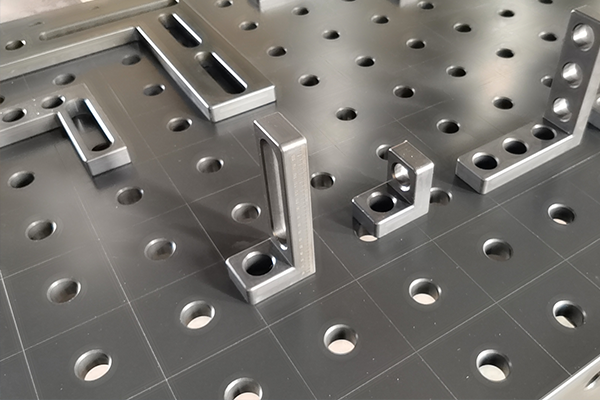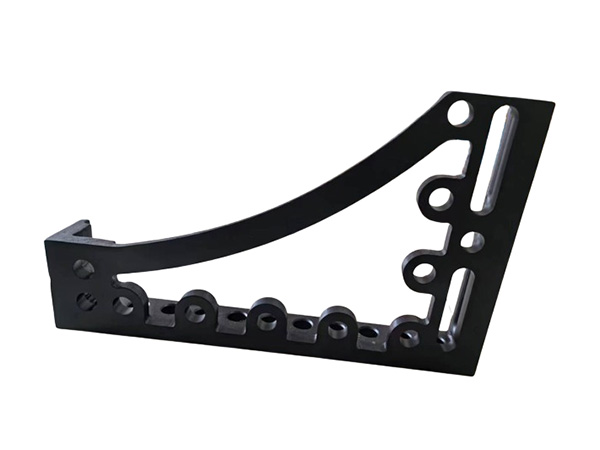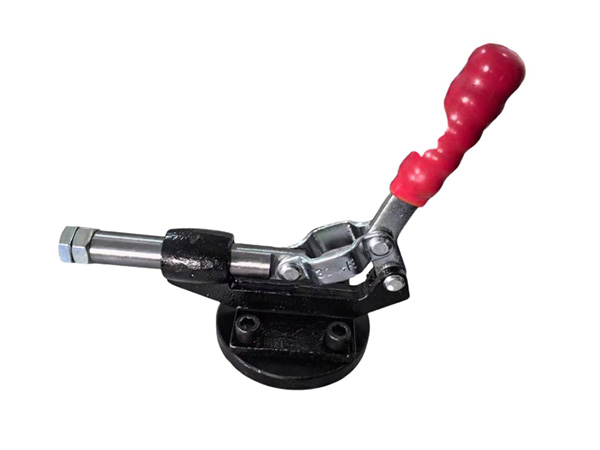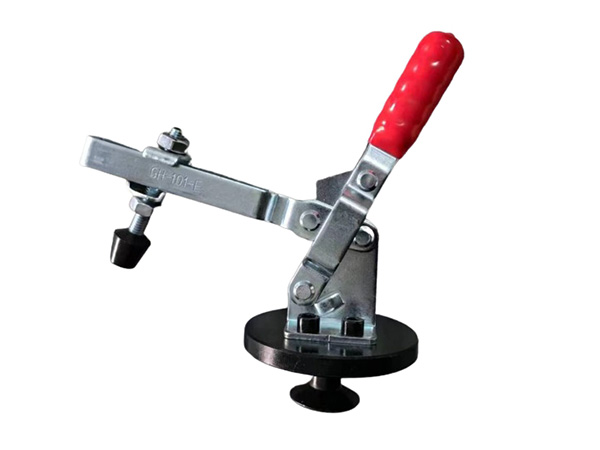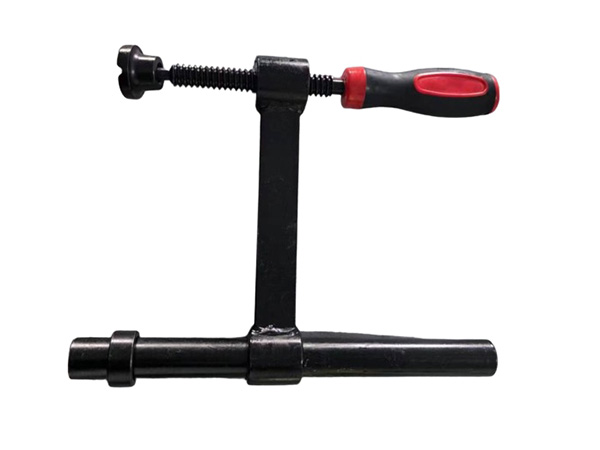- 网站导航 -
Address: Home > News > Technical documentation >
Flexible Welding Technology: A Versatile Solution for Modern Manufacturing
Time:2024-05-22 02:37:37 Author:Fadetong Clicks:117Second-rate
1. Introduction
Flexible welding is a type of welding technology that can adapt to different welding tasks, characterized by high flexibility and efficiency. It is commonly used in manufacturing environments that require frequent changes in welding tasks, such as automotive manufacturing, aerospace, electronics, and medical device industries. Flexible welding technology can significantly enhance the flexibility and efficiency of production lines while reducing the time needed for equipment adjustments and changes.
2. Implementations and Technical Characteristics
In Europe and the United States, the specific implementations and technical characteristics of flexible welding include the following aspects:
a. Robotic Welding
Industrial robots are used to perform welding operations, capable of adapting to different workpieces through programming.
Robotic welding systems are often equipped with sensors and vision systems that can monitor the welding process in real time and make adjustments as needed.
b. Adaptive Control Systems
Equipped with advanced control systems that can monitor welding parameters in real-time, such as current, voltage, speed, and temperature.
Automatically adjusts welding parameters based on feedback to ensure stable and consistent welding quality.
c. Modular Fixtures and Workbenches
Use adjustable and modular fixture systems that can quickly adapt to workpieces of different shapes and sizes.
Modular workbench designs allow for quick reconfiguration of the production line to accommodate different production tasks.
d. Intelligent Programming and Simulation Software
Utilize advanced programming and simulation software to simulate and optimize the welding process in a virtual environment.
Software tools help engineers quickly generate welding paths and parameter settings, improving production preparation efficiency.
3. Main Advantages
The main advantages of flexible welding include:
Increased Production Flexibility: Capable of quickly responding to market demand changes, adapting to small-batch, multi-variety production modes.
Reduced Equipment Adjustment Time: Through automation and intelligent technology, the time required for equipment adjustments when changing production tasks is minimized.
Improved Welding Quality: The application of adaptive control systems and sensor technology ensures high-quality welding results.
Lower Production Costs: Increased production efficiency and reduced costs associated with equipment adjustments and downtime.
Flexible welding technology has broad application prospects in modern manufacturing. With the development of smart manufacturing and Industry 4.0, its application scope and technical level will further improve.
4. Technical Applications
a. Automotive Industry
In automotive manufacturing, flexible welding technology can quickly adapt to the production needs of different vehicle models and components, enhancing the flexibility and efficiency of production lines.
b. Aerospace Industry
The aerospace industry demands extremely high precision and quality. Flexible welding technology meets these rigorous standards through adaptive control systems and high-precision robot welding.
c. Electronics Industry
In the manufacturing of electronic devices, flexible welding technology can handle small and complex components, ensuring the precision and consistency of welding.
d. Medical Equipment Manufacturing
The manufacture of medical equipment requires high quality and precision. Flexible welding technology, through intelligent and automated systems, ensures high-quality and highly reliable products.
5. Future Trends of Flexible Welding Technology
a. Integration with Industry 4.0
With the development of smart manufacturing and Industry 4.0, flexible welding technology will increasingly integrate with technologies such as the Internet of Things (IoT), big data, and artificial intelligence (AI), further enhancing production efficiency and flexibility.
b. Advancements in Robotics and Artificial Intelligence
In the future, welding robots will become more intelligent and flexible, equipped with higher adaptability and stronger fault detection and repair capabilities.
c. Enhanced Real-time Monitoring and Control
Sensor technology and adaptive control systems will continue to develop, providing more precise real-time monitoring and faster feedback adjustments, improving welding quality and production efficiency.
6. Conclusion
Flexible welding technology plays a significant role in modern manufacturing with its outstanding flexibility, high efficiency, and high quality. With the continuous advancement of technology, its application scope and technological level will further improve, bringing more production advantages and economic benefits.
If you are a manufacturing company, considering the adoption of flexible welding technology will bring significant advantages to your production. Contact us to learn more about flexible welding workbenches and fixtures, and enhance your production efficiency and competitiveness.

